Your age, height, sex, job, health, physical activity, body size, body composition, medications, and genetics collectivity answer how much food you should consume.
The toughest question while trying to lose/maintain weight is “How much should I eat”. Eating the right amount and getting the proper nutrients for your activity level and weight, together contribute to healthy aging. This article is all about how much you can eat in a day and what foods you should include to maintain a healthy weight.
Table of Contents
Fast Facts – How Much Food Should I Eat
- You are likely to gain weight if you are consuming more calories than burning off.
- For weight loss, consume fewer calories and burn more of them.
- Incorporate more natural foods into your diet to stay fit and healthy
Daily Calorie Count

How much should I eat, the answer to this question depends on what your aims are. Do you want to lose weight? Do you want to gain weight? Do you want to maintain weight? Are you preparing for a sports event? Do you want to age healthy? Your food intake is directly linked to the consumption of calories.
What are Calories and How Many Do You Need?
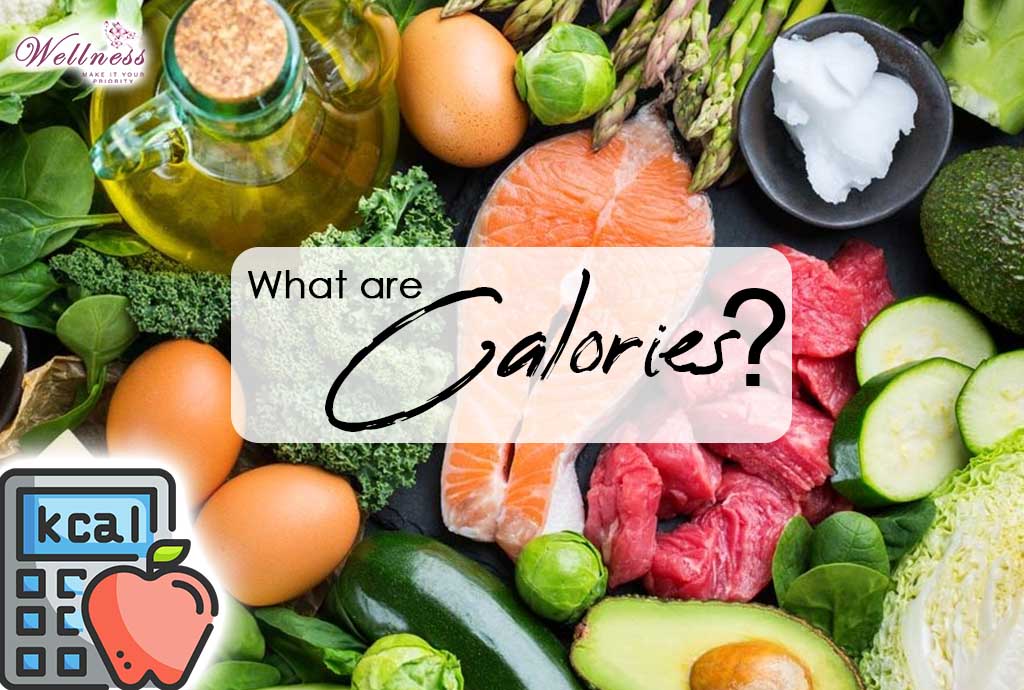
Calories are the amount of energy present in the food we consume. Different foods contain versatile numbers of calories per ounce or per gram of weight. Understanding the calories in every food item helps us to get the answer of how much should I eat.
Given below are a few general calorie requirements for both males and females.
Low Active Lifestyle: Taking part in moderate activity around 30 to 60 minutes on a daily basis, like walking at 3 to 4 miles per hour.
Active Lifestyle: Moderate activity at least 60 minutes on a daily basis.
Male calorie requirements on a daily basis:
| Age | Sedentary Lifestyle | Low Active Lifestyle | Active Lifestyle |
| 2 to 3 years | 1100 | 1250 | 1400 |
| 4 to 5 years | 1200 | 1350 | 1500 |
| 6 to 7 years | 1300 | 1500 | 1700 |
| 8 to 9 years | 1400 | 1600 | 1850 |
| 10 to 11 years | 1500 | 1800 | 2050 |
| 12 to 13 years | 1700 | 2000 | 2250 |
| 14 to 16 years | 1750 | 2100 | 2350 |
| 17 to 18 years | 1750 | 2150 | 2400 |
| 19 to 30 years | 1900 | 2100 | 2400 |
| 31 to 50 years | 1800 | 2000 | 2250 |
| 51 to 70 years | 1650 | 1850 | 2100 |
| 71 plus years | 1550 | 1750 | 2000 |
Female calorie requirements on a daily basis:
| Age | Sedentary Lifestyle | Low Active Lifestyle | Active Lifestyle |
| 2 to 3 years | 1100 | 1250 | 1400 |
| 4 to 5 years | 1200 | 1350 | 1500 |
| 6 to 7 years | 1300 | 1500 | 1700 |
| 8 to 9 years | 1400 | 1600 | 1850 |
| 10 to 11 years | 1500 | 1800 | 2050 |
| 12 to 13 years | 1700 | 2000 | 2250 |
| 14 to 16 years | 1750 | 2100 | 2350 |
| 17 to 18 years | 1750 | 2100 | 2400 |
| 19 to 30 years | 1900 | 2100 | 2350 |
| 31 to 50 years | 1800 | 2000 | 2250 |
| 51 to 70 years | 1650 | 1850 | 2100 |
| 71 plus years | 1550 | 1750 | 2000 |
Portion Control Tips from Nutritionists
You can also control your calorie consumption through portion control tips and tricks with nutrients. A person who is not dieting and exercising frequently can manage a healthy weight by limiting the size of every meal. Moreover, portion control also helps your stomach to work properly by always keeping a space for smooth digestion.
How Much Should I Eat Per Day?
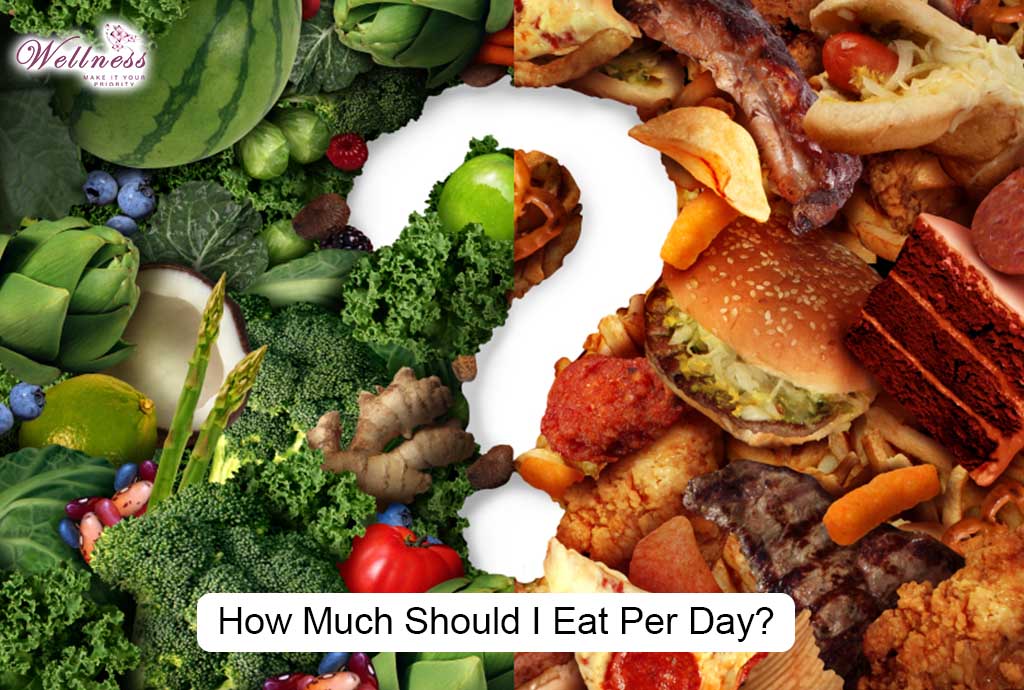
Whenever you think of starting to control your weight, usually the first thought that comes across is how much should I eat? Here we have explained how much of every food type you should take per day, for instance, vegetables, fruits, milk, meat, grains, or alternatives to meat and dairy.
According to health organizations, people should eat the recommended number of servings every day. You can continue reading our next serving sizes section for more information.
Recommended Number of Servings:
Every age group should follow specific eating patterns to be healthy and fit. Here in this article how much should I eat, you can
Age 2 to 3 years
Age 4 to 8 Years
- Milk/alternatives 2
- Grains 4
- Meat/alternatives 1
- Vegetables and fruits 5
Age 9 to 13 Years
- Milk/alternatives 3-4
- Grains 6
- Meat/alternatives 1-2
- Vegetables and fruits 6
Age 14 to 18 Years (male)
- Milk/alternatives 3-4
- Grains 7
- Meat/alternatives 3
- Vegetables and fruits 8
Age 14 to 18 Years (female)
- Milk/alternatives 3-4
- Grains 6
- Meat/alternatives 2
- Vegetables and fruits 7
Age 19 to 50 Years (male)
- Milk/alternatives 2
- Grains 8
- Meat/alternatives 3
- Vegetables and fruits 8-10
Age 19 to 50 Years (female)
- Milk/alternatives 2
- Grains 6-7
- Meat/alternatives 2
- Vegetables and fruits 7-8
Age 51+ Years (male)
- Milk/alternatives 3
- Grains 7
- Meat/alternatives 3
- Vegetables and fruits 7
Age 51+ Years (female)
- Milk/alternatives 3
- Grains 6
- Meat/alternatives 3
- Vegetables and fruits 7
Four Groups of Foods Serving Sizes
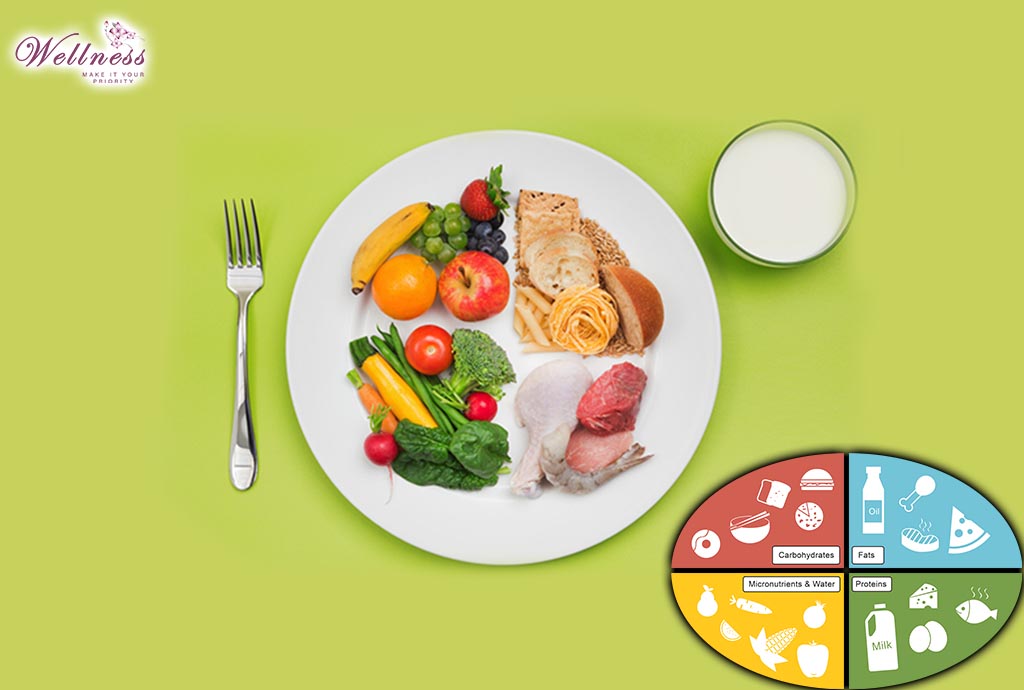
You can use this reference amount for four groups of foods to help yourself determine how much should I eat each day.
Let’s have a look at the examples below:
Milk/Alternatives
I cup of soy drink, 1 cup of milk, 1 and ½ ounces of cheese, and ¾ of a cup of yogurt.
Grains
1 slice of bread, half a bagel, half a pitta, half a tortilla, ½ a cup of cooked rice, couscous, or pasta, ¾ of a cup of hot cereal, and 1 ounce of cold cereal.
Meat/Alternatives
2 and ½ ounces of cooked lean meat, fish, or poultry meat. 2 tablespoons of peanut butter, and 2 eggs.
Vegetables and Fruits
1 piece of fruit, ½ a cup of fruit juice, ½ a cup of frozen or canned vegetables or fruit, 1 cup of salad or leafy raw vegetables.
Consumption of Four Groups of Foods
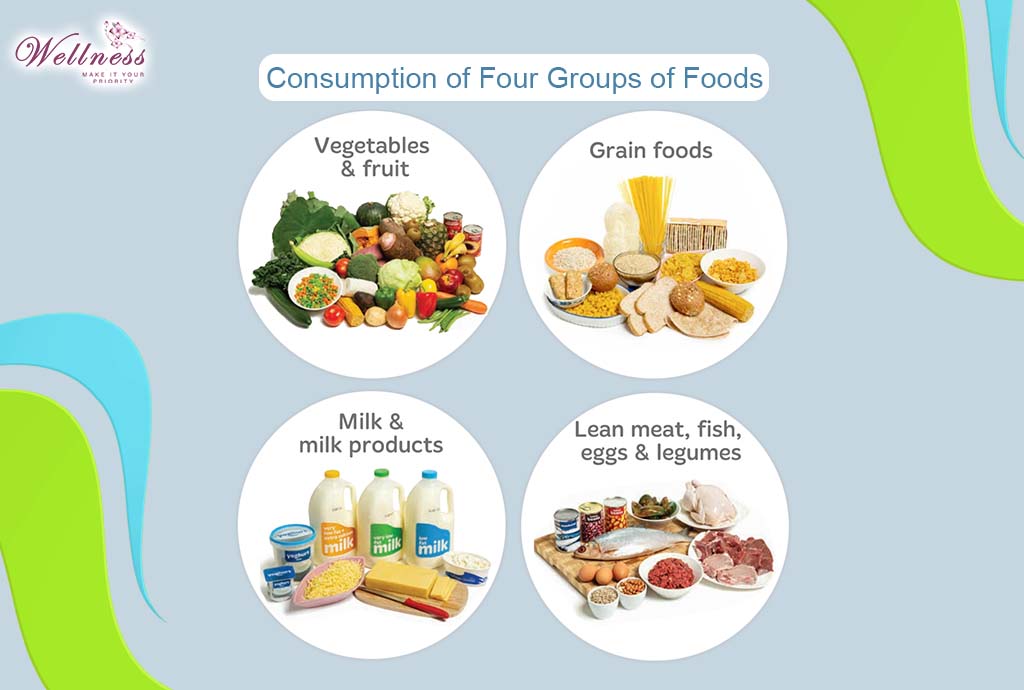
Consuming Milk/Alternatives
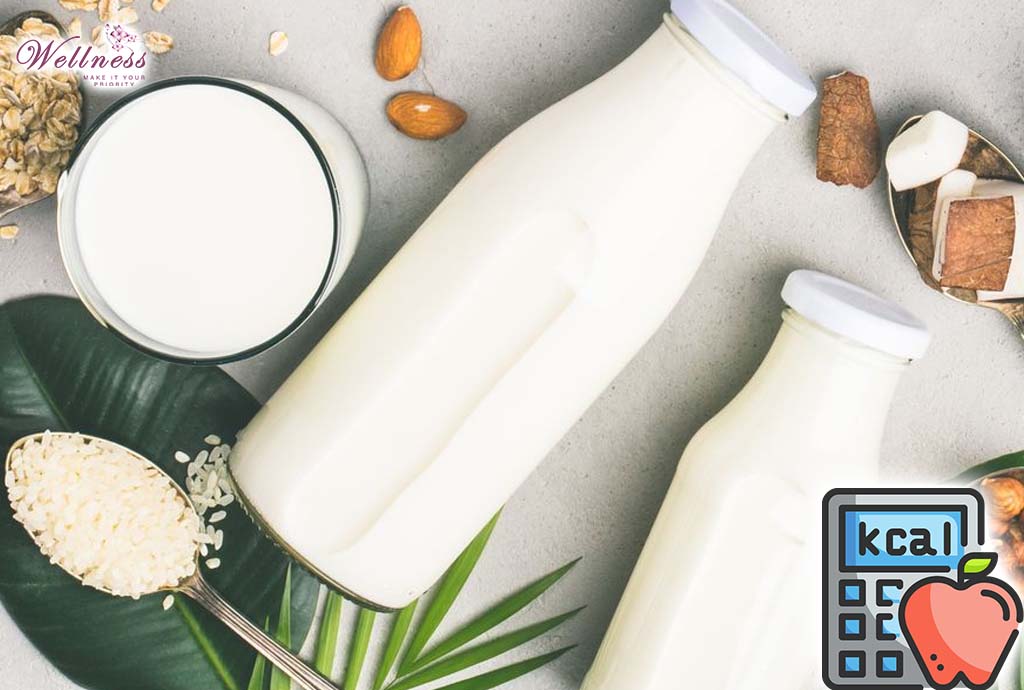
Consume 2 cups of milk/alternative a day for good calcium and vitamin D intake, if you don’t like milk, at least add fortified drinks to your diet. Do not prefer milk with added sugars or other sweeteners. If you are limiting your saturated fat or total fat intake due to heart health reasons, then low-fat can be a good choice to get the answer of how much should I eat.
Consuming Grains
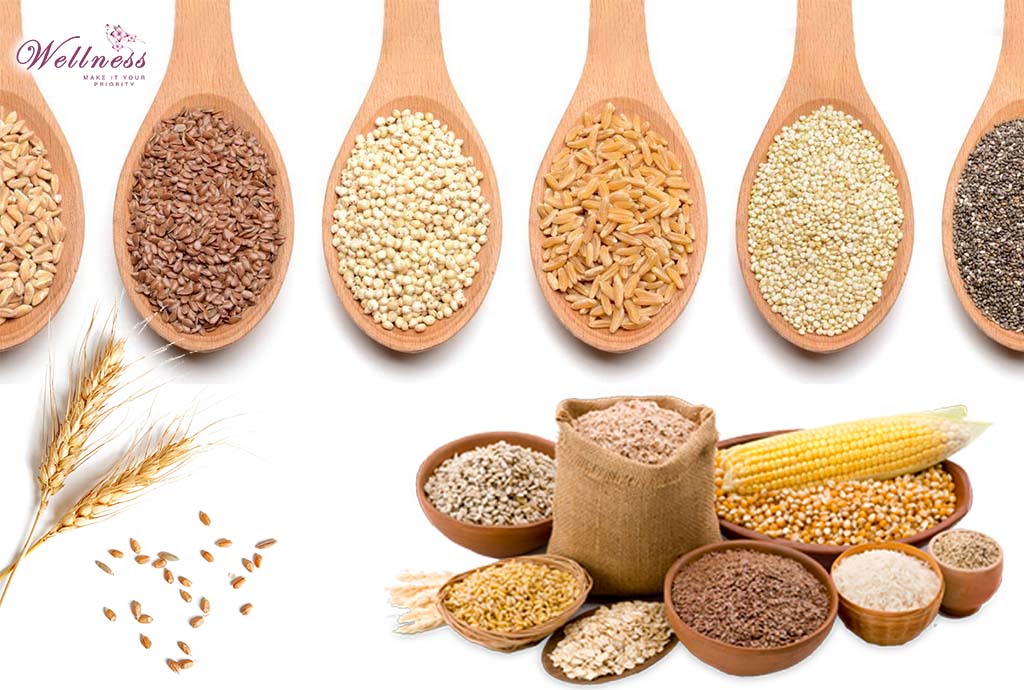
As per health authorities, whole grains can be a healthy choice for at least half of our grain consumption. You can go for a variety of whole grains, for instance, brown rice, wild rice, barley, oats, and quinoa. Whole-grain oatmeal, bread, and pasta are much better than those made with refined cereals.
Quality grain means one with less salt, sugar, or fat content. Grain alternatives contain many similar nutrients like legumes, quinoa, beans, and starchy vegetables such as peas and sweet potatoes. Your choice of grains plays a crucial role in getting the answer of how much should I eat.
Consuming Meat/Alternatives

Make sure to have some alternatives like lentils, beans, and tofu on a regular basis. Fish is a highly recommended food item that you should consume at least twice a week. Be careful about certain fish types for mercury exposure. Try to opt for lean meats like turkey and chicken.
To keep your meat consumption healthy you can try poaching, baking, or roasting rather than frying. If you are eating prepackaged or processed meat, select low-fat and low-salt ones. Try limiting your overall processed meat intake, otherwise, you will be more at risk of heart disease and cancer. While having carbohydrates, prefer unrefined carbs, which release energy slowly and are high in fiber, for instance, whole grains, that way you can feel full for longer.
Avoid trans fats and saturated fats as much as you can. Nutritionists recommend not consuming saturated fats more than 10 percent of your total calorie intake. Nuts, plant oils, and fish are the best sources of omega-3, to build a healthy body. Make sure to add plenty of fiber choices to your routine. While eating vegetables and fruits, try adding a variety of colors. Calcium is a very important part of a healthy lifestyle, make sure to drink water, if you don’t like it then make sure to consume adequate calcium.
If your main concern is how much should I eat, still you need to be aware of the calorie values of foods. With lower-calorie foods, the quantity can be more, while with high-calorie ones you have to restrict their quantity.
Consuming Vegetables and Fruits
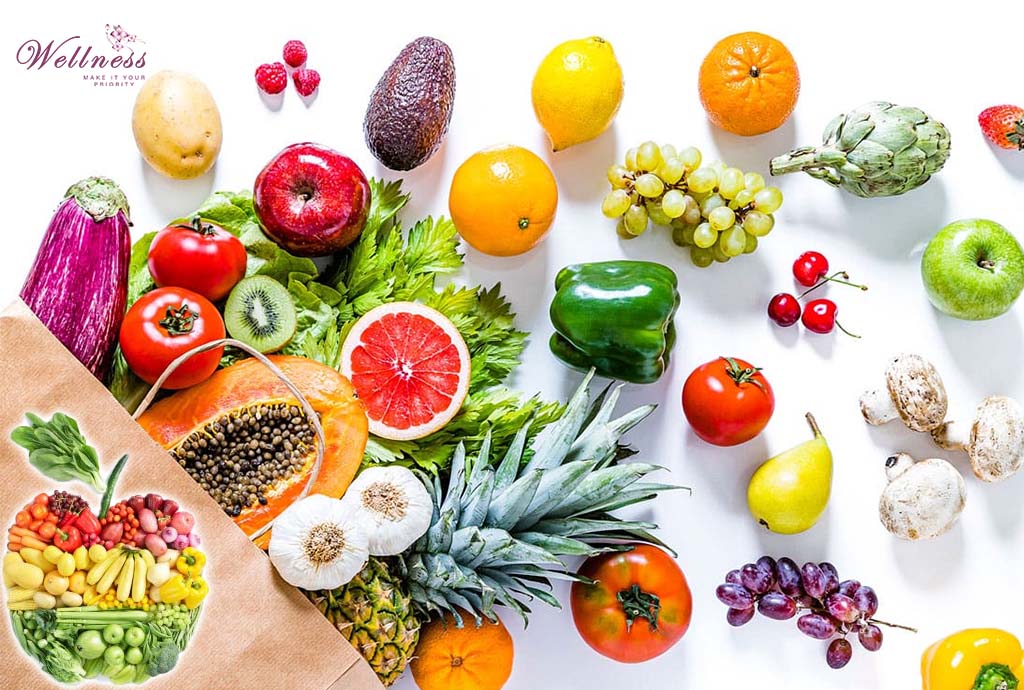
According to experts opinion, you should consume at least one orange and one dark green color vegetable every day. Dark green vegetables examples can be kale, broccoli, and spinach. Go for vegetables and fruits with no fat or no sugar, or ones with low sugar and fat.
For effective results bake, stir-fry or steam your vegetables rather than deep-frying them. Whole vegetables and fruits are way better than their juices, as they contain more fiber and nutrients. They also keep you feeling full for longer and deter overeating.
Frequently Asked Questions
How much quantity you should eat in a day?
An average-sized active man should consume 2,200 to 2,800 calories per day and a moderately active woman should have around 1,800 to 2,200 calories. For more details have a look at the article above on how much should I eat.
What is the Quantity and Quality of a diet?
The quality of food is all about what nutrients you are consuming and how effective they are, and the quantity of food is the total amount of calories you are consuming per day. Let’s have a look at the article how much should I eat? quality and quantity.




